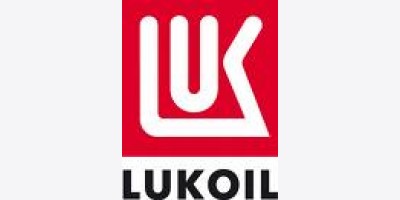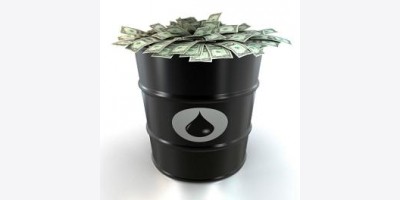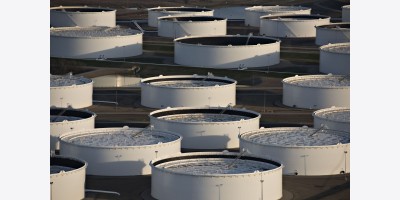Crude oil stocks up 1.8 million barrels
Gasoline stocks down 2 million barrels
Distillates stocks down 900,000 barrels
Refinery utilization, or run rate, up 0.3 percentage point to 85.7% of capacity
U.S. commercial crude oil stocks are expected to have increased 1.8 million barrels during the week ended March 28, according to Platts analysis and a survey of oil analysts Monday.
The American Petroleum Institute (API) will release its weekly report at 4:30 p.m. EDT (2030 GMT) Tuesday, while the U.S. Energy Information Administration (EIA) is scheduled to release its weekly data at 10:30 a.m. EDT (1430 GMT) Wednesday.
Houston Ship Channel traffic was sharply curtailed the week ended March 28 after two vessels collided, resulting in a 4,000-barrel fuel leak, and this could have cut into crude oil imports, as well as refined product exports.
And on Friday, Houston Ship Channel vessel boardings by the Houston Pilots and Galveston-Texas City Pilots were suspended because of poor visibility due to fog.
ExxonMobil's 560,500 barrels per day (b/d) Baytown, Texas, refinery was forced to cut runs due to the partial closure of the waterway. By March 26, ExxonMobil said it was receiving crude oil and would likely adjust rates accordingly.
Meanwhile, much of the U.S.' refinery capacity likely remains under seasonal maintenance. The most recent EIA data pegs U.S. refinery utilization rates at 86%, well below pre-Christmas levels of closer to 92%.
Analysts surveyed expect U.S. refinery utilization rates to have fallen a further 0.3 percentage point.
The 146,000 b/d Phillips 66/Cenovus Energy refinery in Borger, Texas, on Thursday was set to begin scheduled maintenance that is expected to last through April 10 in order to minimize emissions during work on a fluid catalytic cracker (FCC).
Tesoro shut a sulfuric acid plant at its 166,000 b/d Golden Eagle refinery in Martinez, California, early Friday.
However, ExxonMobil's 365,000 b/d Beaumont, Texas, refinery resumed normal operations late the week ended March 28 following an FCC upset.
Additionally, BP said March 26 its 413,000 b/d Whiting, Indiana, refinery was operating normally following a crude oil spill, which resulted from what was believed to be an upset at one of the facility's crude oil units. It was unclear if production was affected.
PRODUCT STOCKS TO TIGHTEN FURTHER
U.S. gasoline stocks are expected to tighten further, with analysts looking for a 2 million-barrel draw. U.S. gasoline stocks at 217.2 million barrels the reporting week ended March 21 were 1.34% below the EIA five-year average.
U.S. distillate stocks are also expected to remain tight, with analysts looking for a 900,000-barrel decline. At 112.4 million barrels the week ended March 21, U.S. distillate stocks are 19.4% below the five-year average.
Despite the tightness, many spot product crack spreads the week ended March 28 were lagging their respective monthly average, and this could be a disincentive for a refiner to boost runs.
The Chicago RBOB crack spread to Canadian Syncrude was just below $19 per barrel (/b) Friday, almost $4/b below its 30-day moving average. Chicago ultra-low sulfur diesel (ULSD) cracks to Syncrude of just over $24/b are nearly $5/b below their 30-day moving average.
That said, cracks on the U.S. Gulf Coast (USGC) are faring slightly better.
On the USGC, the spot RBOB crack spread to Light Louisiana Sweet (LLS) was just under $14/b Friday, nearly $4/b above its 30-day moving average. Spot ULSD cracks to LLS at just under $19/b were largely flat.
Platts cFlow data shows limited U.S. product export activity, which was likely tapered due to the Houston Ship Channel issue. cFlow is an online, real-time, freight intelligence tool.
Nine vessels left U.S. ports the week ended March 28, according to cFlow, mostly from the USGC to Europe. But it is not clear how many of those vessels were carrying product or simply ballasting.
USGC-UKC/Med clean tanker rates jumped the week ended March 28, rising Worldscale* (w)10 to w77.5, which could indicate a shortage of vessels in the USGC, if not a bump in export activity.
Flow data for week ended March 28 also shows the Unique Developer, laden with jet fuel, left the U.S. Atlantic Coast the for Brazil. And last week the Cielo di Salerno left Boston laden with an unspecified clean product. It is headed to Fawley in the U.K.
* Worldscale freight rates are used to price the cost of shipping crude or refined products from one port to another by tanker.
# # #























